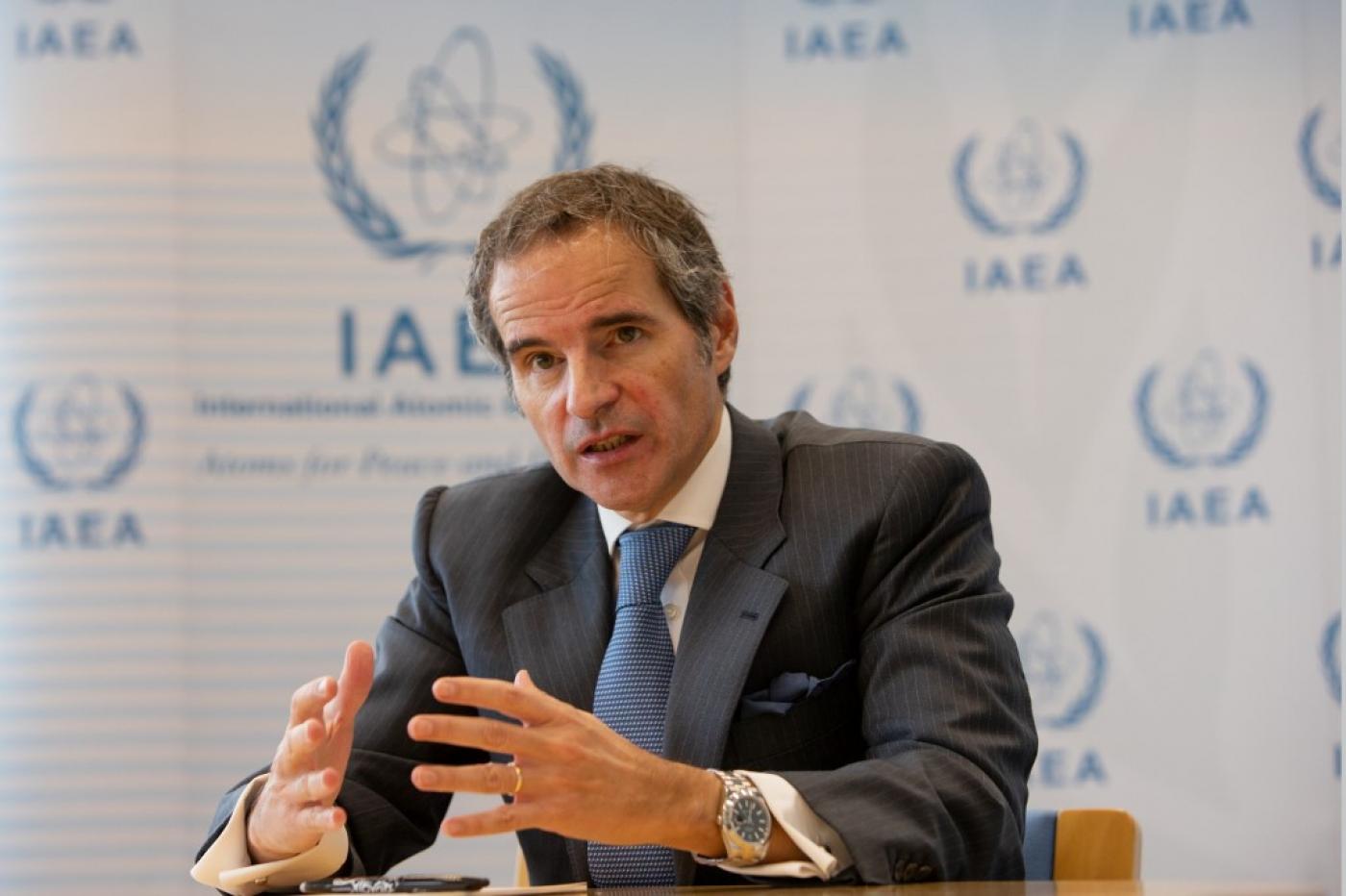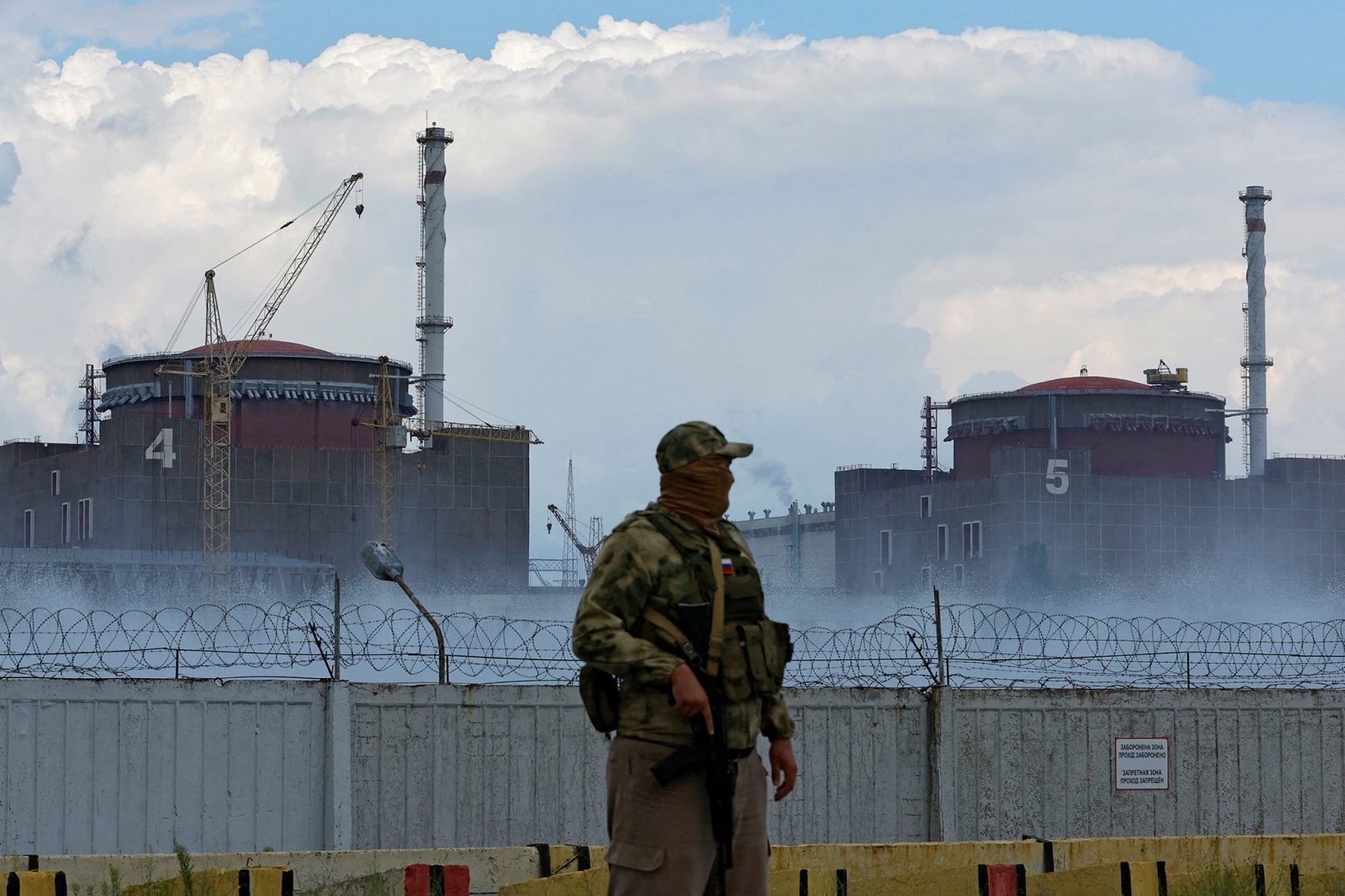In the face of an increasingly fraught international situation, the top brass of Rosatom, Russia’s state-owned atomic energy agency, and the International Atomic Energy Agency (IAEA) convened a meeting in Beijing to address the mounting concerns regarding the Zaporizhzhia Nuclear Power Plant (ZNPP) in Ukraine.
The meeting was held in the backdrop of Russian Prime Minister Mikhail Mishustin’s official visit to the Chinese capital, with Rosatom Director General Alexei Likhachev forming a part of the delegation. It followed a tense period that saw the Zaporizhzhia plant plunged into what has been described by IAEA chief, Rafael Grossi, as an “extremely vulnerable” state.
Earlier this week, Grossi’s stark assessment emerged in the wake of a power loss at ZNPP, the seventh instance since the plant fell under the control of Russian forces in March 2022. This concerning development had the plant resorting to emergency diesel generators to maintain operations, underlining a precarious nuclear safety situation that international observers have been monitoring with growing apprehension.
Grossi’s call-to-action echoed across Twitter: “#Ukraine’s #ZNPP this morning lost all external electricity for 7th time during conflict, forcing it to rely on emergency diesel generators for power; nuclear safety situation at the plant extremely vulnerable. We must agree to protect plant now; this situation cannot continue.”

Later that Monday, Ukrainian energy company Ukrenergo announced that power to the plant had been restored. This glimmer of stability, however, was tainted by the cause of the outage: a high-voltage line that powered the plant had been damaged in a Russian attack on the Dnipro region, located north of Zaporizhzhia.
This marked escalation comes hot on the heels of Moscow’s order earlier this month to evacuate residents from Russian-occupied areas near the nuclear plant. The move, reminiscent of the Chernobyl disaster’s aftermath, raised the eyebrows of the United Nations’ nuclear watchdog, leading to the situation being branded as “increasingly unpredictable.”
The Zaporizhzhia NPP, the largest in Europe, has thus found itself at the heart of a political power play. Its strategic position in the ongoing Russia-Ukraine conflict, coupled with the palpable threat to nuclear safety, has stirred the international community into taking notice.
However, the question remains: Can these high-level discussions bring about an actionable resolution? As the Rosatom and IAEA leaders huddled in Beijing, a resolution to ensure the plant’s safety was undeniably the prime objective. A nuclear incident, after all, respects no borders and its repercussions would be felt far beyond Ukraine’s conflict-ridden landscape.
While the diplomatic engine works to resolve the crisis, it is clear that the stakes are incredibly high. The Zaporizhzhia incident illustrates that amidst this conflict, the sword of Damocles hangs over more than just the belligerent nations. The security and stability of the entire region may hinge on the successful navigation of this nuclear quagmire.
One can only hope that the meeting between Rosatom and IAEA, in the corridors of power in Beijing, will bear fruit. The world watches on, poised on the brink of a potential nuclear safety disaster, with the Zaporizhzhia NPP caught in the crossfire between Moscow and Kyiv, and between power politics and public safety.
©world-news.biz
